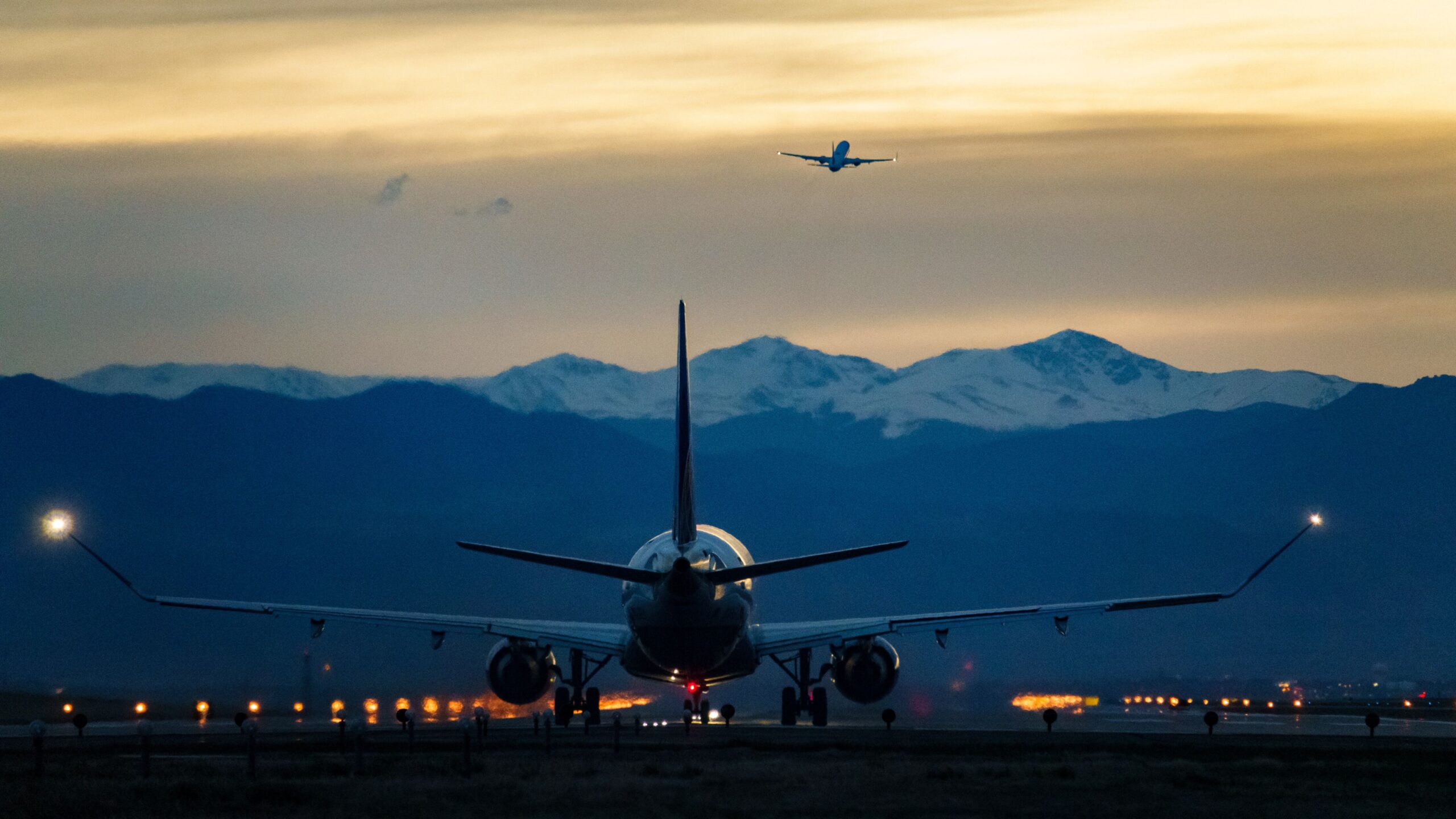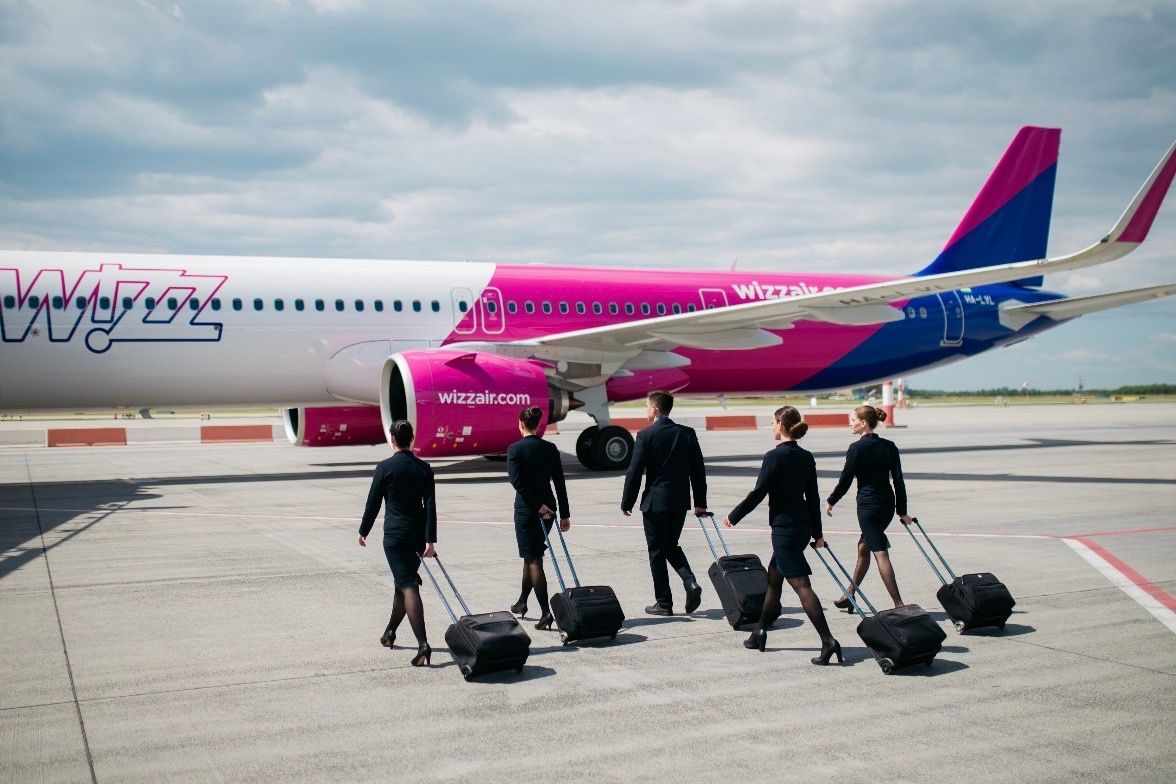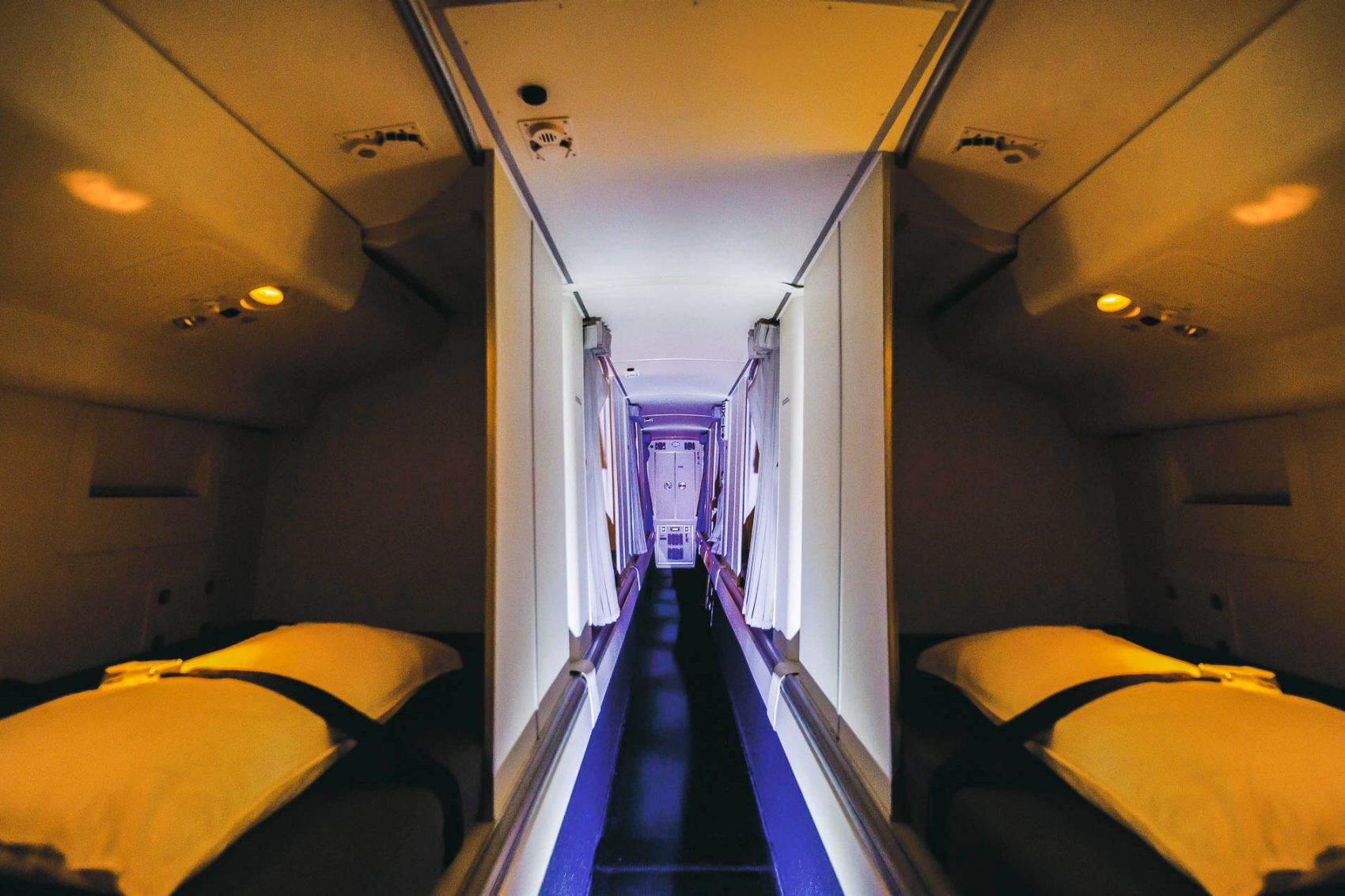Flight and cabin crew members are known to work long hours and spend many nights far from home. Where the flight attendants stay between shifts and while on duty depends heavily on the airline they work for, the route in question, and the amount of time on the ground.
Locating a local hotel
One of the most common options for aircrew accommodation is through hotels. Airlines frequently have arrangements in play with hotels near their hubs and significant bases of operations. This allows the company to receive reduced rates on blocks of rooms that can be booked in bulk and distributed as needed. Often, these include airport hotels located on the premises and those in the local area.
Photo: Wizz Air
Flight attendants and pilots are seldom allowed to book their own accommodation. This might be especially handy if crew members have family in the area or a specific favorite hotel. However, this depends on various factors, including the employment contract, local laws, and crew seniority status. In areas where the airline provides accommodation, shuttles or other transportation options are often provided for the crew.
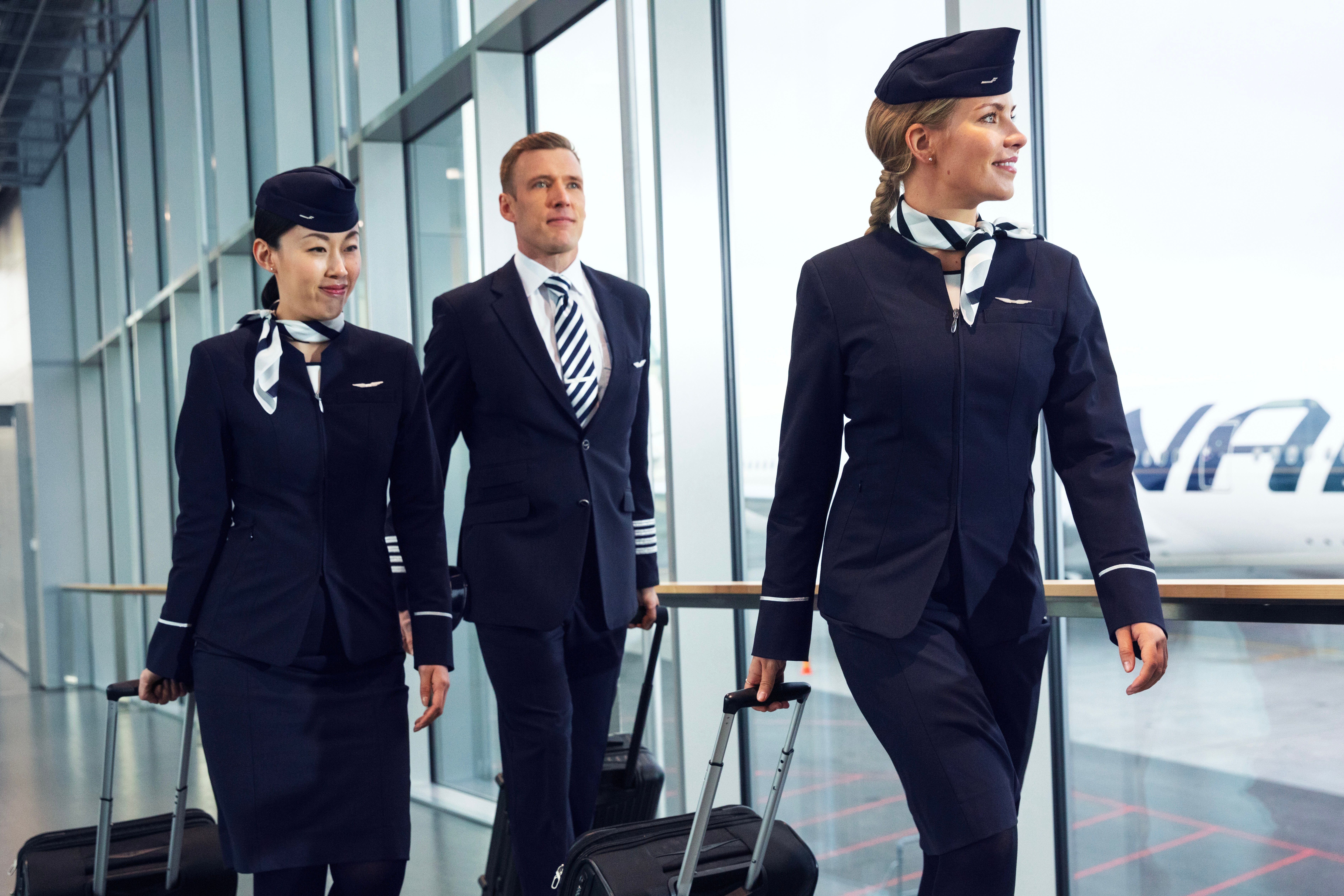
Related
Commuting vs Work: Who Pays for Flight Crews’ Hotels?
A look at why commuters have more to consider.
In private accommodation
- Airbnb properties
- Extended stay suites
- Crew-sharing houses
- Furnished rooms around major airports
Many private operators also work with airlines and airports to provide accommodation for transiting employees. These can range from an Airbnb with free parking to “crash pads” organized by groups of staff to maintain a base at a critical destination or outpost. In addition to crew-sharing houses, frequently pre-furnished rooms are available for fixed and indefinite stays in areas surrounding major airports.
Photo: Friends Stock | Shutterstock
Flight crew on short-haul flights often have to operate multiple trips per day but return to their private homes at the end of the day. While some major airlines like to send everyone back to the same base at night, others have multiple crew and aircraft bases nationwide. This allows the aircraft to return to the same maintenance hangar every evening and keeps the flight crew primarily responsible for operating it in the same general area.
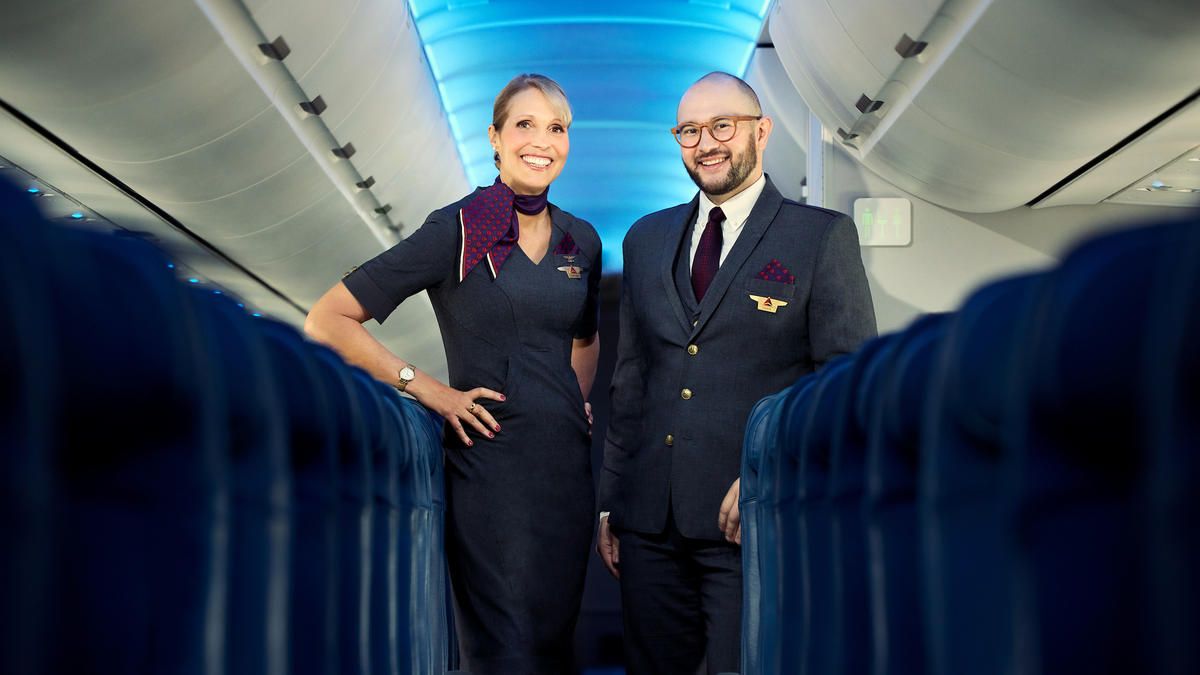
Related
What Does The Average Cabin Crew Layover Look Like?
Flight attendants work hard and play hard (sometimes). Let’s find out what a typical layover really looks like.
Cabin crew layover times depend on the airline schedules and regulatory authority guidelines. Typical flight crew layover are approximately:
- 24 hours: Regulatory standards for fatigue management
- 48 hours: Airline and schedule dependent
- 72+ hours: Charter flights and multi-leg trips
Cabin Crew Wings states that airlines may make every effort to ensure their crew is well rested during layovers. While they enjoy and explore the destination, fatigue management and safety is the airlines’ top priority.
“Some layovers are more adventurous than others. For example, I have been to New York over 30 times, so it’s unlikely you will find me wondering Times Square. However, when I’m in Cape Town, rest assured you’ll find me touring a vineyard or climbing table mountain.”
In-flight naps
Commercial aircraft generally also feature a crew rest area. This can range from a curtain around a row of seats in the back of a regional plane to entire rooms with bunk beds in larger widebody aircraft. Depending on the carrier, this could include just the jump seats usually reserved for flight attendants or dedicated seats in business class for the pilot, crew, or relief crew to rest.
Photo: Cathay Pacific
Long-haul aircraft generally contain a dedicated area behind a locked door, allowing multiple crewmembers to rest simultaneously. Depending on the aircraft, these are located in various places but are frequently found in small spaces above or below the main cabin or inconspicuously lodged behind the center block of seats between the lavatories.
Whether the airline books accommodation or crewmembers must fend for themselves, there are laws for how long staff must be off between shifts. This is outlined in the employment contracts and monitored by unions and government officials to ensure flight crew are fully rested before taking off.
On some long-haul flights, the team is even offered additional nights in the destination, allowing them free time to explore the local area if desired.
Airline crew logistics companies
- Account managers and destination sourcing professionals
- Airline financial interests are considered
- Best possible accommodation
- Most convenient locations
- An economical cost
Numerous airline crew logistics companies exist globally to cater to the needs of airline pilots and cabin crew members when on the ground. The airlines solutions companies ensure that crew is well rested when on the ground and all logistics from and to the airports have been taken care of. According to API, an airline solutions company,
“Our laser focus is to create the most predictable and uneventful layover experience for our customer, your crewmember. Our proprietary crew management platform ACES, coupled with a culture built upon decades of world class support creates a layover experience that your crew will rave about.”
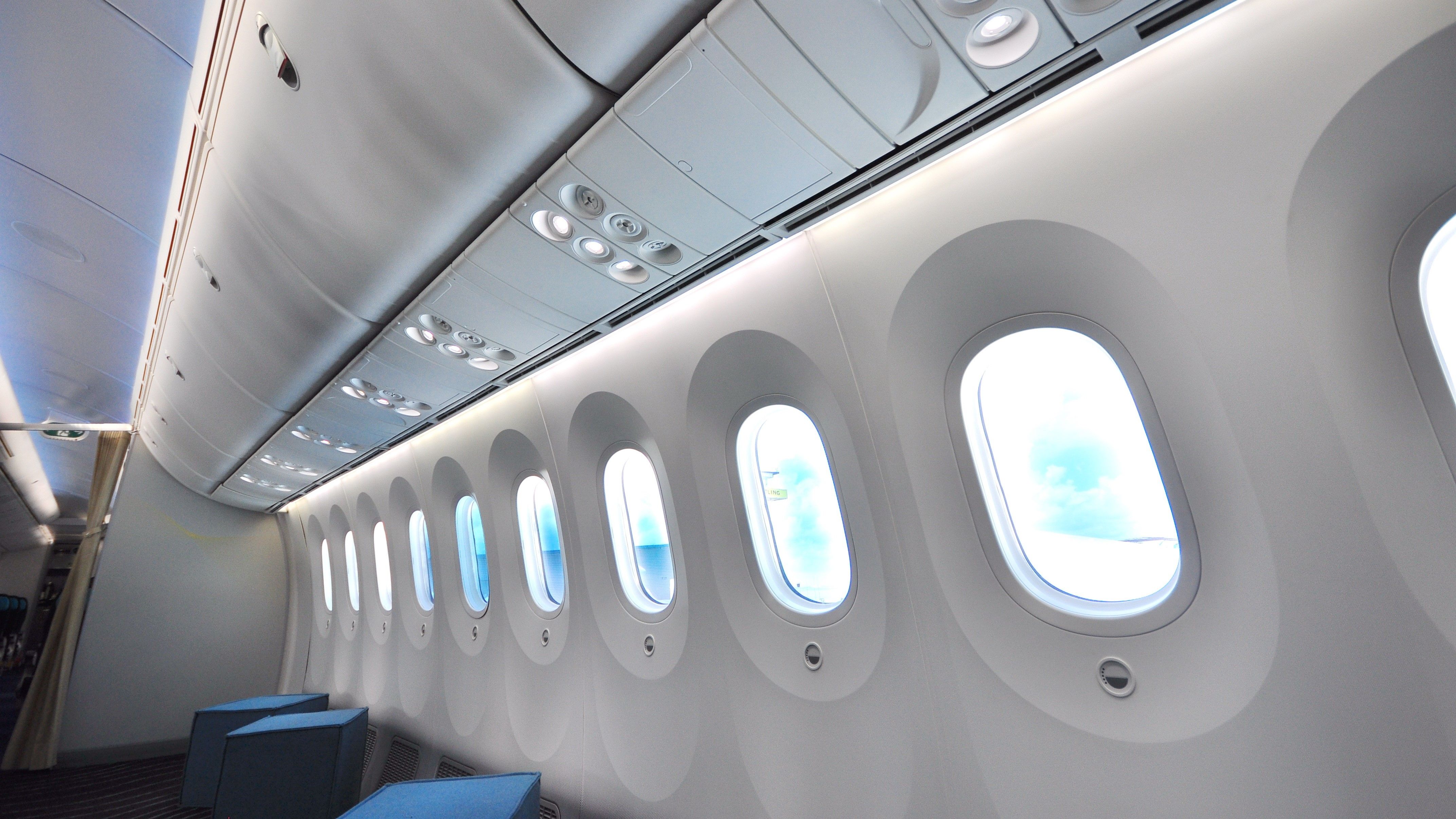
Related
Dimmable Windows: Are Cabin Crew Too Keen To Lock Them In One Setting?
Since the Boeing 787 entered service, one of the Dreamliner’s most notable advantages from the passenger experience perspective has been the ability for guests to dim its windows, with various settings available. This allows window-seat customers the ability to regulate the brightness in their environment in a far more flexible manner than a traditional up-down window shade makes possible.
However, over the years, there have been various stories of passengers being frustrated by cabin crew locking these windows in one (often the darkest) setting. While this is understandable when flying overnight, to do so at any other time removes the autonomy of the passenger to decide the brightness in their vicinity, as well as having the potential to play havoc with one’s body clock.
With this in mind, I would welcome a more flexible approach from flight attendants on aircraft with dimmable windows, with these high-tech portholes only locked on the darkest setting during night hours. What do you

